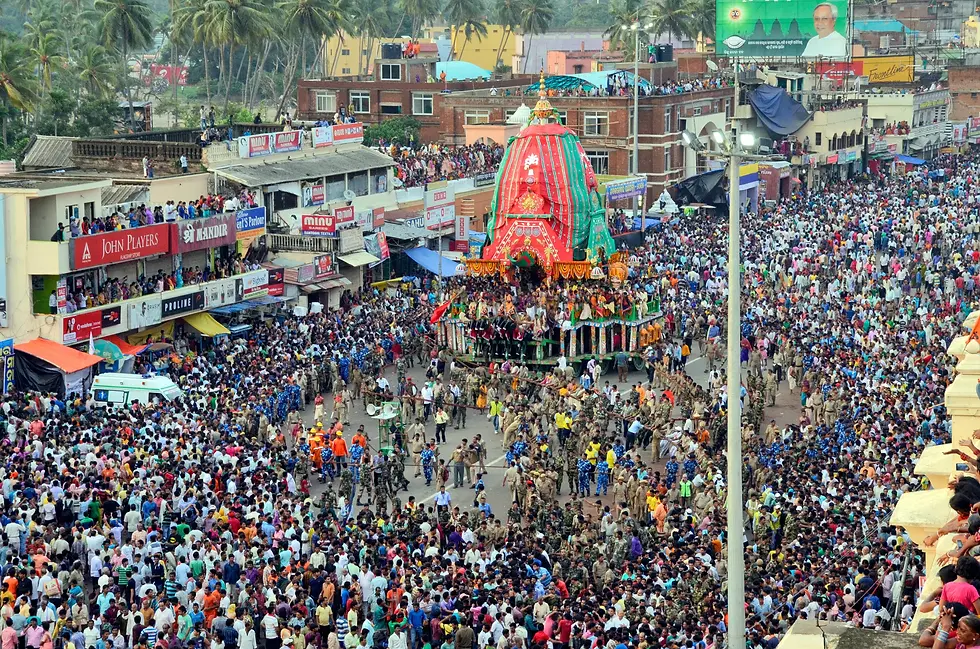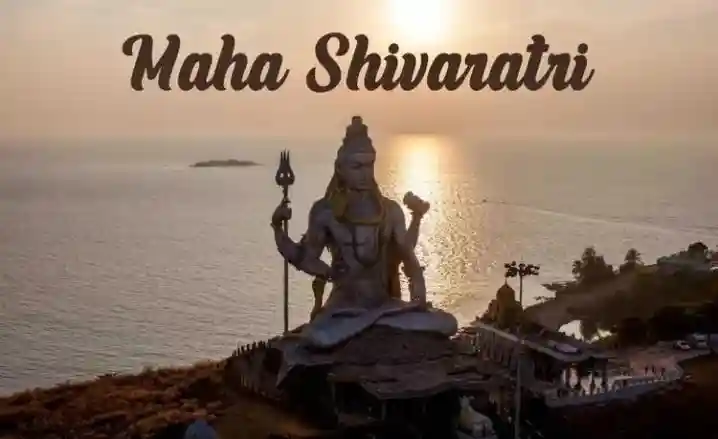Jagannath Rath Yatra: An Experience of a Lifetime
- getsholidaysmci
- Jun 10
- 2 min read

Every year, the sacred town of Puri in Odisha transforms into a vibrant spiritual haven as it hosts the iconic Jagannath Rath Yatra—one of the most grand and revered religious festivals in India. Celebrated with unmatched devotion, this chariot festival draws millions of pilgrims and tourists from across the globe, all eager to witness the divine journey of Lord Jagannath, Lord Balabhadra, and Devi Subhadra.
What is Jagannath Rath Yatra?
The Jagannath Rath Yatra is a centuries-old Hindu festival where the deities of the Jagannath Puri Temple are taken out in massive, beautifully-decorated wooden chariots. This public procession covers a distance of nearly 3 kilometers, from the Jagannath Temple to the Gundicha Temple, believed to be their aunt’s home. Devotees consider it auspicious to pull the ropes of these chariots, a ritual said to cleanse one of sins and grant spiritual blessings.
The Story Behind Jagannath Rath Yatra
As per legends, Lord Jagannath expresses his desire to visit his birthplace once every year, along with his siblings. This forms the basis of the Rath Yatra of Jagannath Puri. The divine siblings travel in three separate chariots:
Nandighosha (Lord Jagannath)
Taladhwaja (Lord Balabhadra)
Darpadalana (Devi Subhadra)
These chariots are built anew each year, following strict ancient traditions and with sacred neem wood.
Rituals and Spiritual Significance
The festival begins with Snana Purnima, followed by the deities being kept away from public view for 15 days, known as "Anasara." On the day of Rath Yatra, the temple gates open for devotees to have the first glimpse of the deities, known as “Netrotsav.” The actual chariot pulling event is a grand affair marked with chants, drumbeats, and colorful celebrations.
Participating in the Lord Jagannath Rath Yatra is considered an act of divine service. Even foreign travelers and tourists often get swept up in the fervor, finding deep spiritual meaning in the celebration.
Highlights of the Festival
Massive Crowds & Global Attention: The festival attracts nearly 1.5 million visitors annually.
Cultural Performances: Traditional Odissi dances, chants, and devotional songs add to the experience.
Puri Tourism Boom: Hotels, homestays, and local markets thrive during this season, making Puri Tourism a vibrant industry.
Essential Rath Yatra Information for Visitors
Location: Puri, Odisha
Main Venue: Jagannath Temple to Gundicha Temple
Best Time to Visit: June–July (Exact dates vary as per the Hindu calendar)
Dress Code: Traditional attire is encouraged; modest clothing is a must inside temple areas
Stay: Book accommodations in advance due to high demand
Interesting Facts About the Yatra
The name of the chariots—Nandighosha, Taladhwaja, and Darpadalana—represent the unique identities of each deity.
Non-Hindus are not allowed inside the Jagannath Temple, but they can freely witness the Rath Yatra.
The sheer size and design of the chariots make them engineering marvels, built by local artisans with generations of experience.
Final Thoughts
Being part of the Jagannath Rath Yatra is not just about witnessing a religious event—it's about immersing yourself in centuries-old traditions, collective spirituality, and cultural vibrance. Whether you're a pilgrim, photographer, spiritual seeker, or curious traveler, this once-in-a-lifetime experience in Odisha’s Puri promises memories that will stay with you forever.


Comments